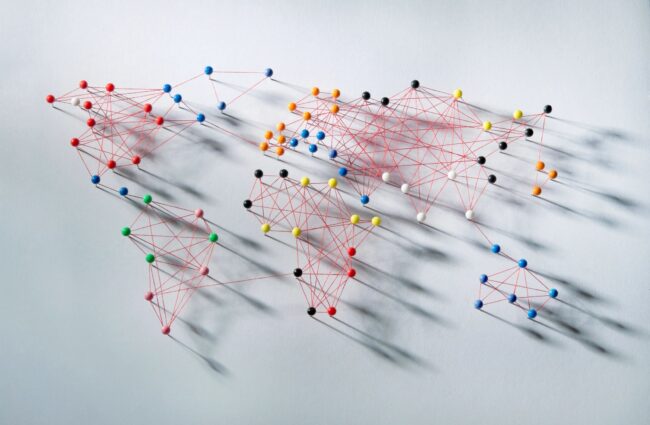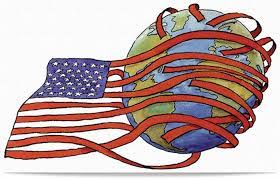Questions About a Chinese Spy Balloon
On Saturday, February 4th, the US Air Force shot down a high altitude balloon of Chinese origin off the coast of South Carolina, on orders from President Joe Biden. While it seems that this incident has past, there are many aspects of what has happened this last week that raise questions.
The first is, what was China trying to accomplish, and why did they attempt to do so in this manner? The Chinese Communist Party (CCP) claims that the balloon was being used for meteorological purposes, and accidentally went into American airspace, but it is clear that it was intended to spy on and collect information from the United States. But if collecting information from the United States were the goal, why would it be done in such a way that is easy for the US to see and does not obtain a large amount of information compared to what they could have tried? Some speculate that it was done specifically to get the US’ attention, so that America knows that China can do and is doing this. Others believe that they are trying to test the limits of what they can do, and see how the US will react to different actions.
Another question is, why was this balloon not noticed as it passed through Alaska? Surely American technology would have detected it before it went through Alaska, and into Montana through Canada. One idea that has been given is that the altitude that this balloon was at made it able to evade detection when it entered Alaska. Another idea is that the US did immediately know about the balloon when it went through Alaska, and wanted to monitor it, but didn’t want to announce that a Chinese balloon was passing through American airspace without taking any action.
The question about why the US didn’t immediately shoot the balloon down has been answered, whether or not one agrees with the judgement behind it. The US Air Force waited until the balloon was over water to shoot it down, to make sure no one was at risk from the debris that would fall once the balloon was shot down. Personally, the question of why the CCP decided to spy on the US in a way that they knew the US would see is the most pressing question. Should we expect more blatant spying attempts by China in the near future?
While it is an oft repeated line that the US and China are entering a period of souring relations because of a growing rivalry for geopolitical influence and world leadership, it is true. It’s a line that is so repeated that it almost feels cliched, but is an idea that is so true, that all media that describe the US China relationship, including the Chinese media and government, use the language, or at least an approximation of it, to describe the US China rivalry, and China’s attempt to dislodge the US from the role as most powerful and influential country in the world.
This idea has been repeated enough for us to get it. While it is tempting to always begin an article or a broadcast about a US-China incident or conflict with this preamble, because it is describing possibly the most important development of the 21st century, reporters should be cognizant that a further level of analysis for these events is necessary. The US and China are competing, that’s obvious. But we don’t need to be told that “the US and China are competing” is the explanation for why both nations do certain things. We need to be told why doing certain things gives the US or China an edge in their competition. It’s time to start reporting on incidents between the US and China with the high level of analysis and sophistication that a conflict between two different nations and two different ways of life, for dominance over the world, deserves.


